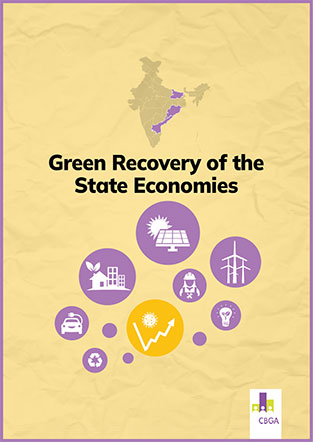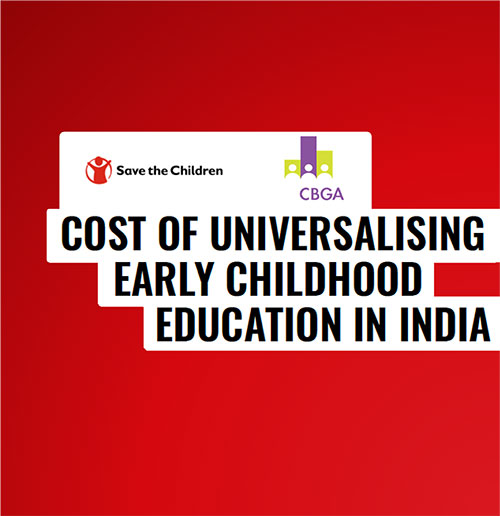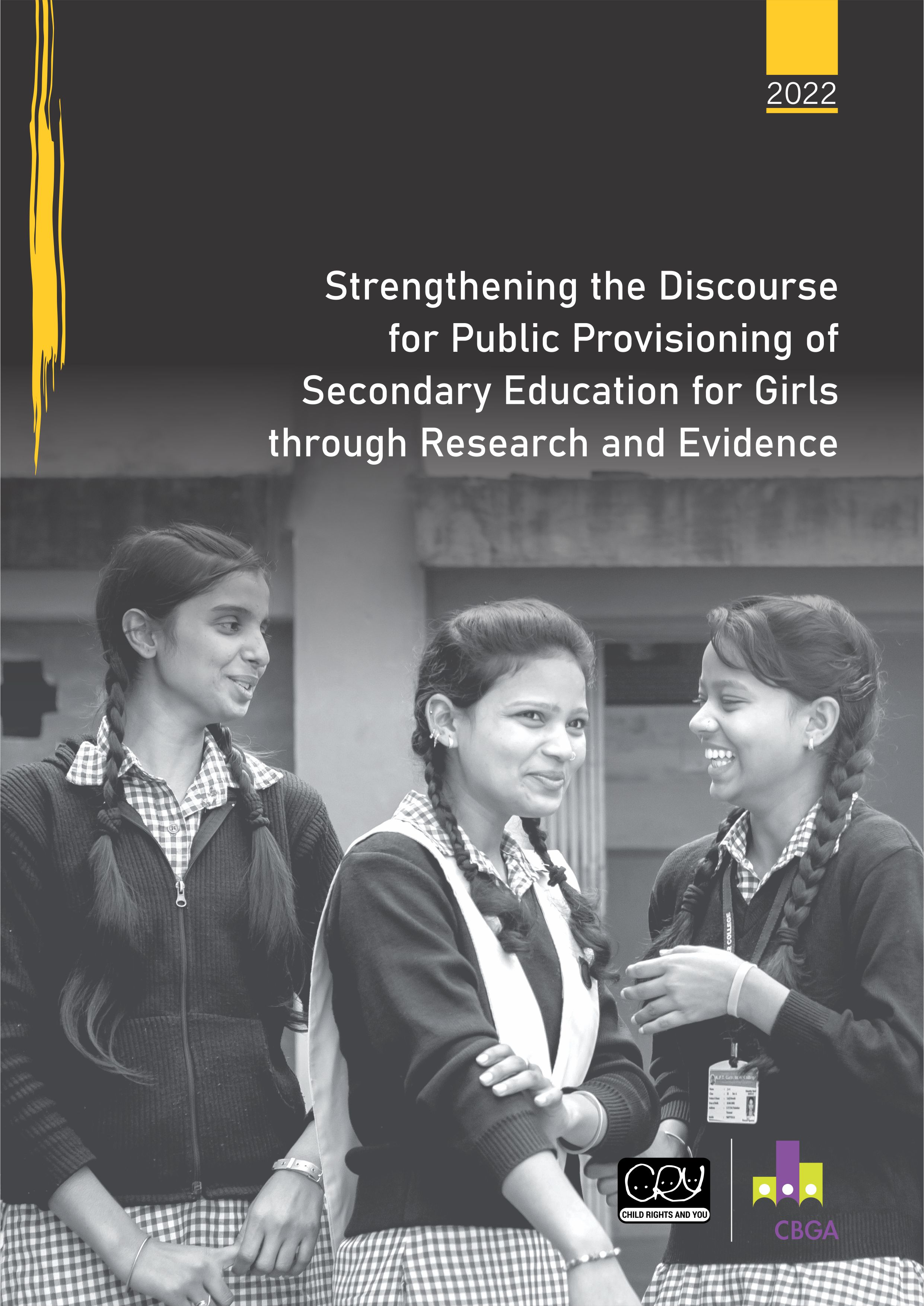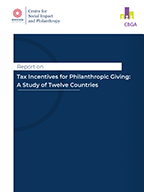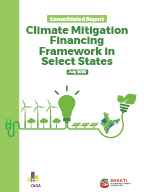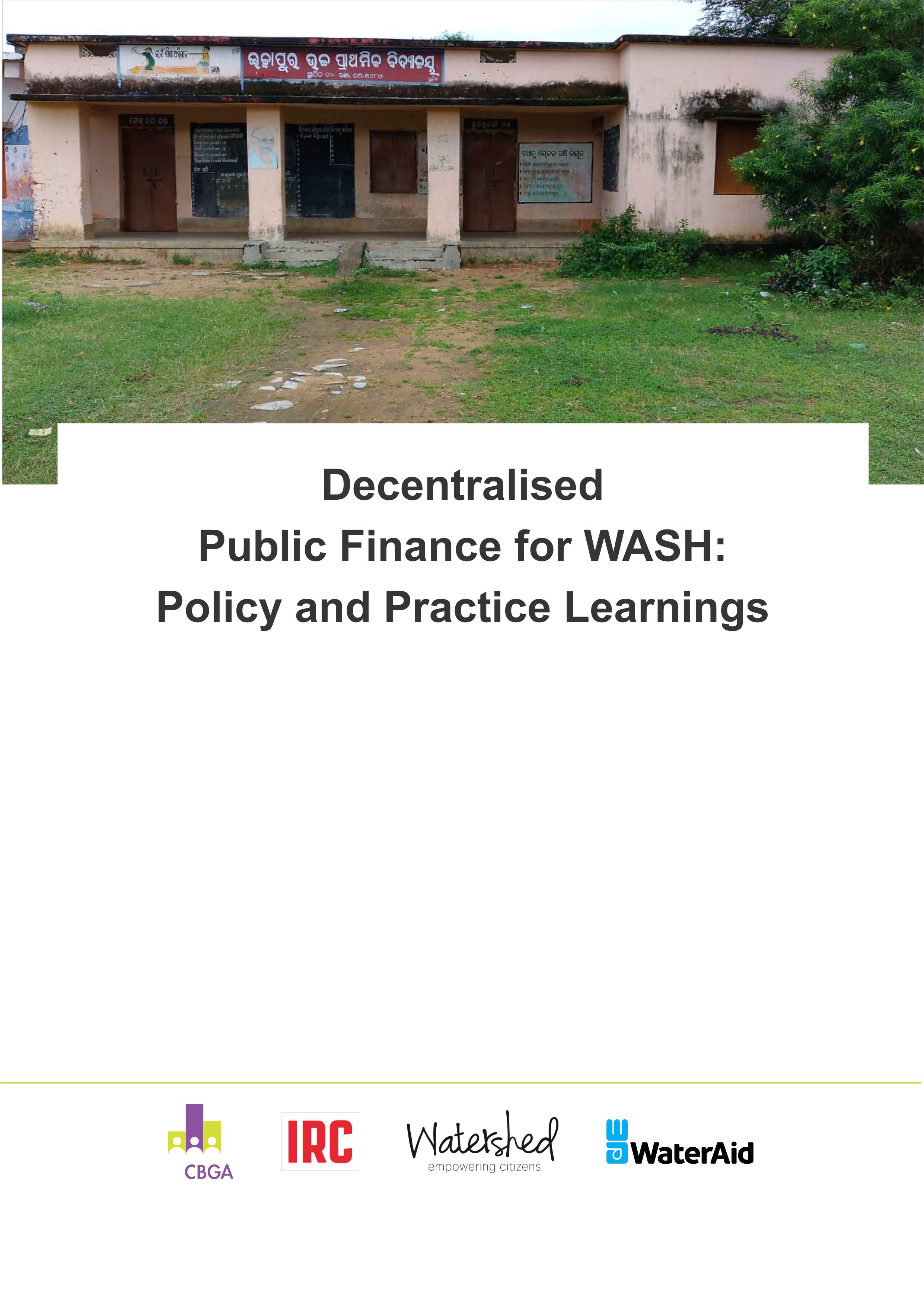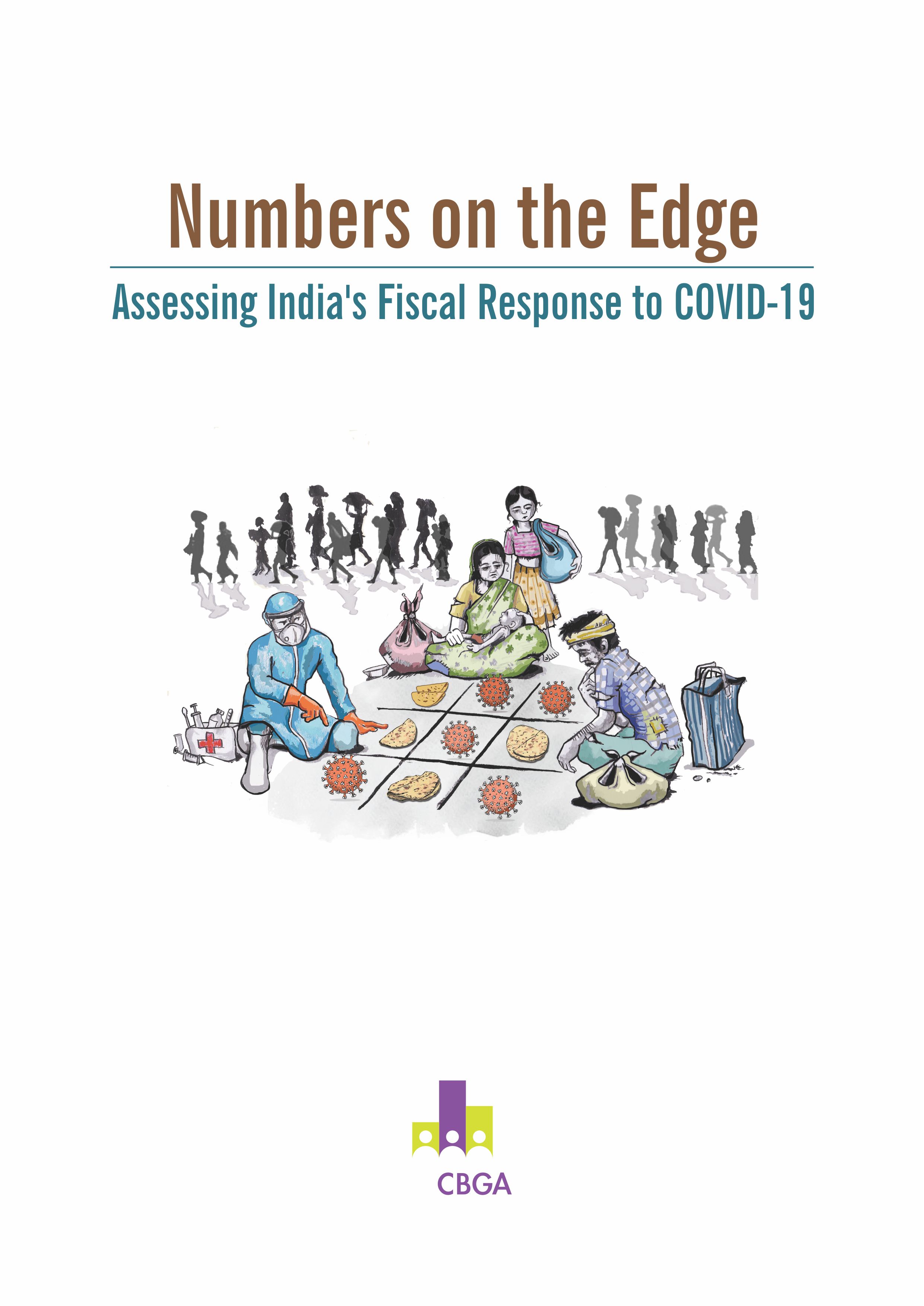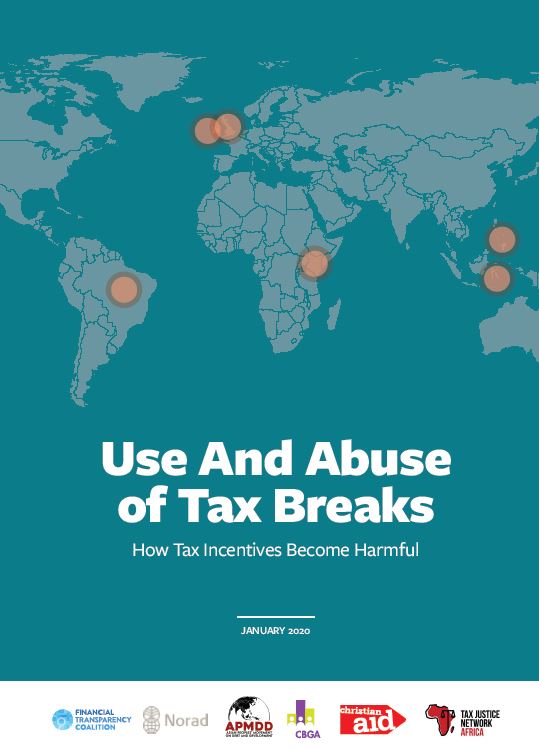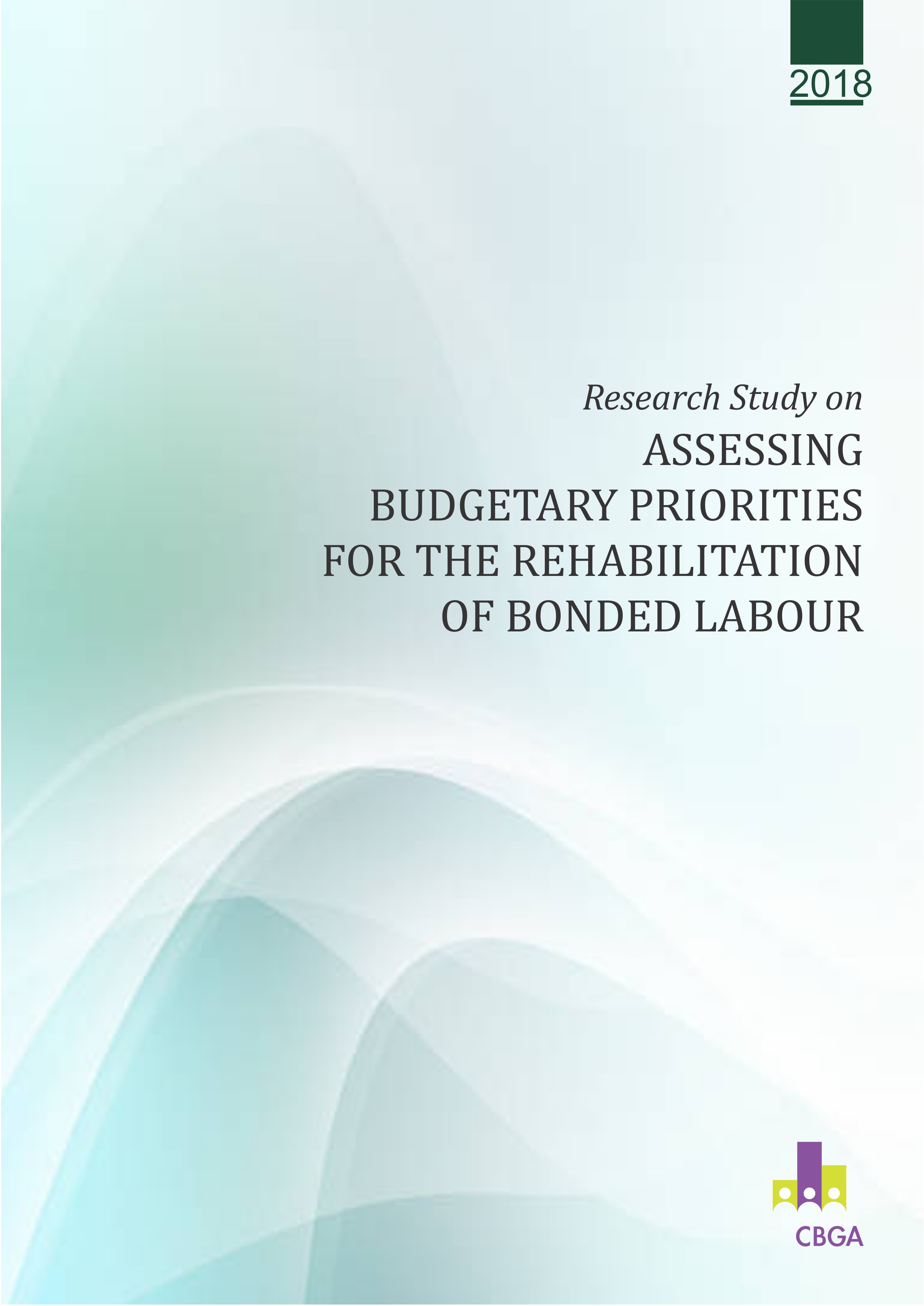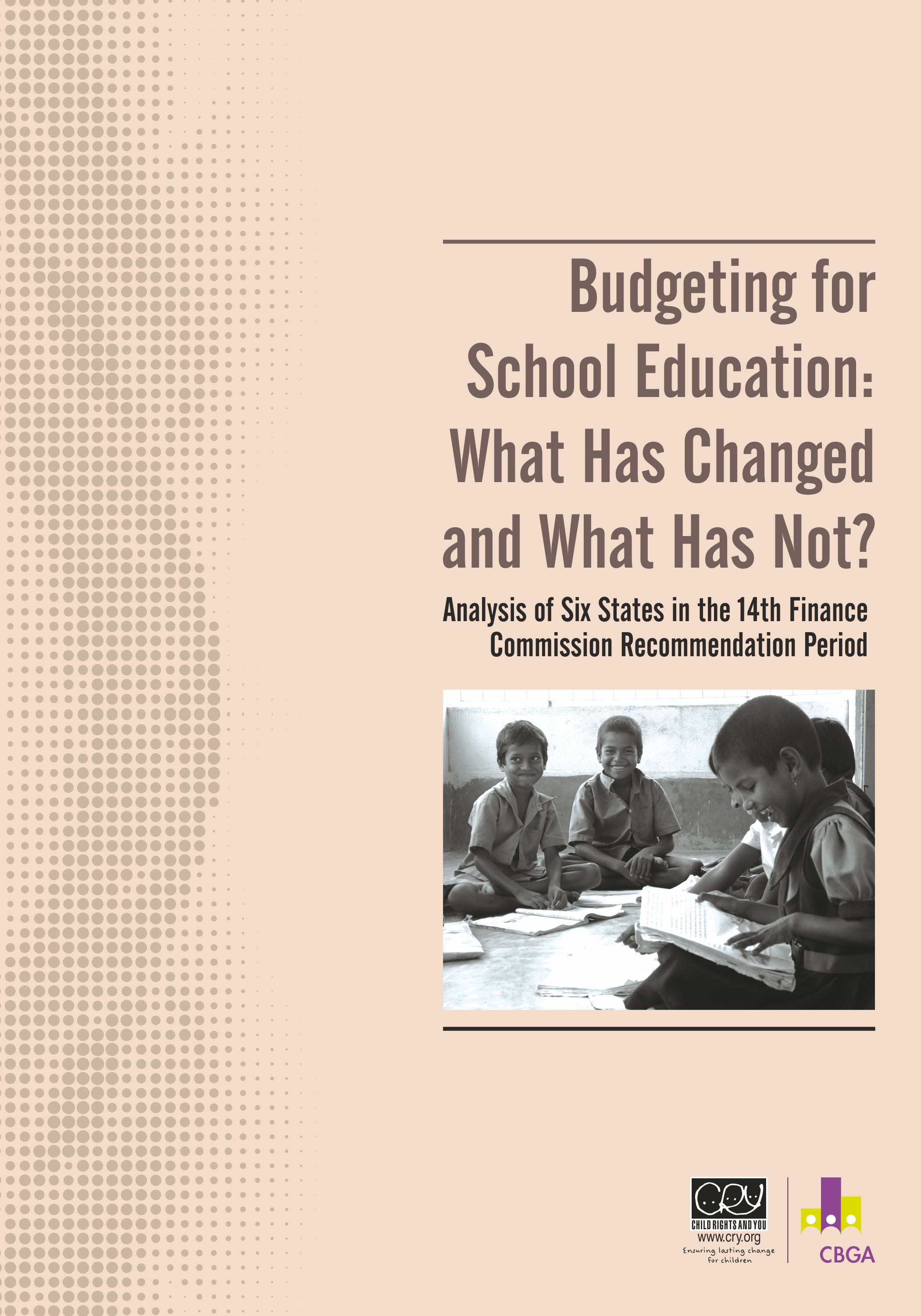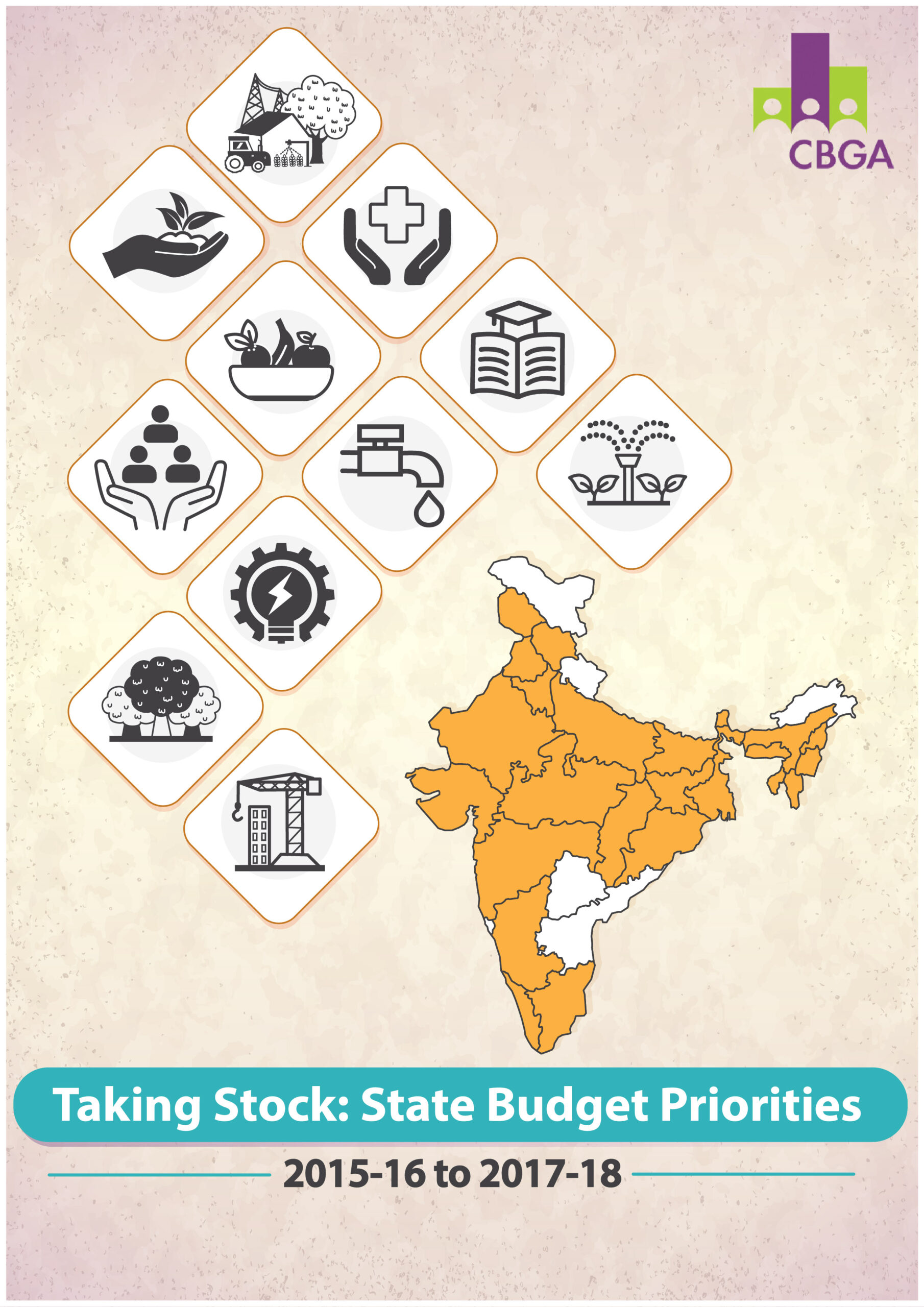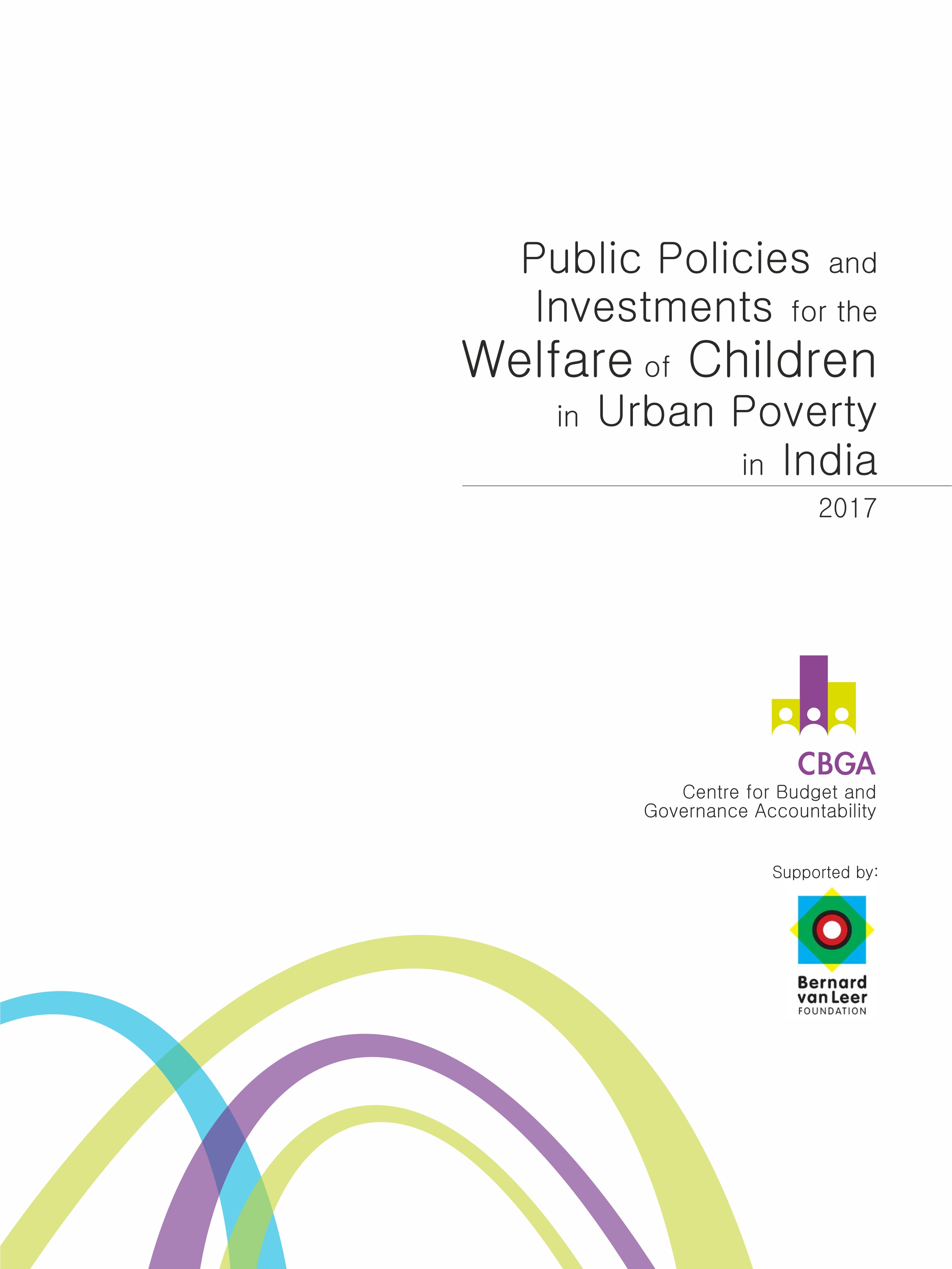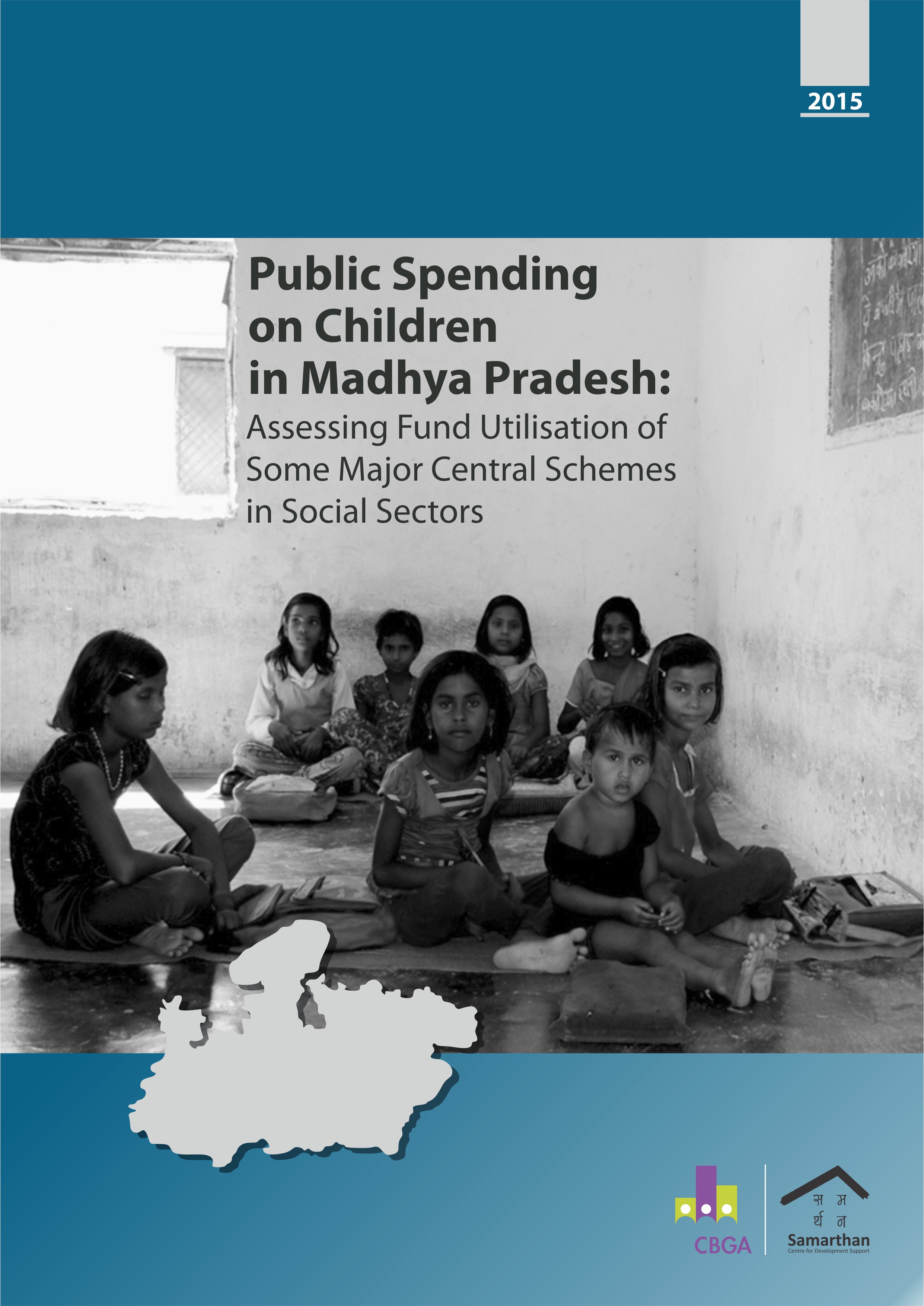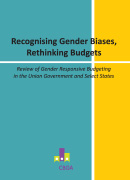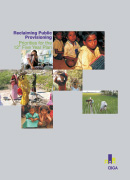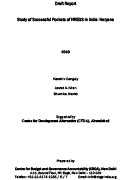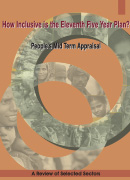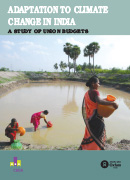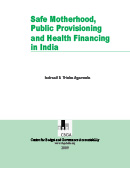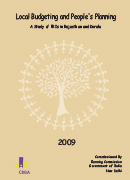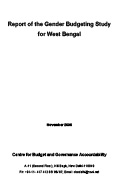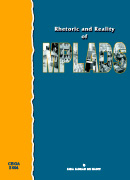Budgetary Analysis of Samagra Shiksha Abhiyan: A Case Study of Two Districts in Andhra Pradesh & Uttar Pradesh
The year 2018-19 saw a change in the schematic structure for school education in India with the launch of Samagra Shiksha Abhiyan (SMSA). The programme aims to treat education holistically as a continuum from pre-school to class XII. As the programme is in its initial stage of implementation, it is important to look at how states are designing their resources under SMSA to promote inclusive school education.
In this context, CBGA in collaboration with CRY has conducted a study to understand the process of planning, budgeting, implementation and monitoring aspects of SMSA at Union, state and district level. The study has been carried out for two States viz. Andhra Pradesh and Uttar Pradesh, with a special focus on one district from each state. The districts selected are Chittoor in Andhra Pradesh and Sitapur in Uttar Pradesh.
The report concludes that though SMSA has been rolled out in all the states and UTs two years back, the scheme is not yet fully operational at state and district level. Weak district plan, inadequate institutional arrangements, lack of convergence in all stakeholders' efforts and above all, absence of a real-time monitoring mechanism have been highlighted as the key challenges for the districts in implementing SMSA.


